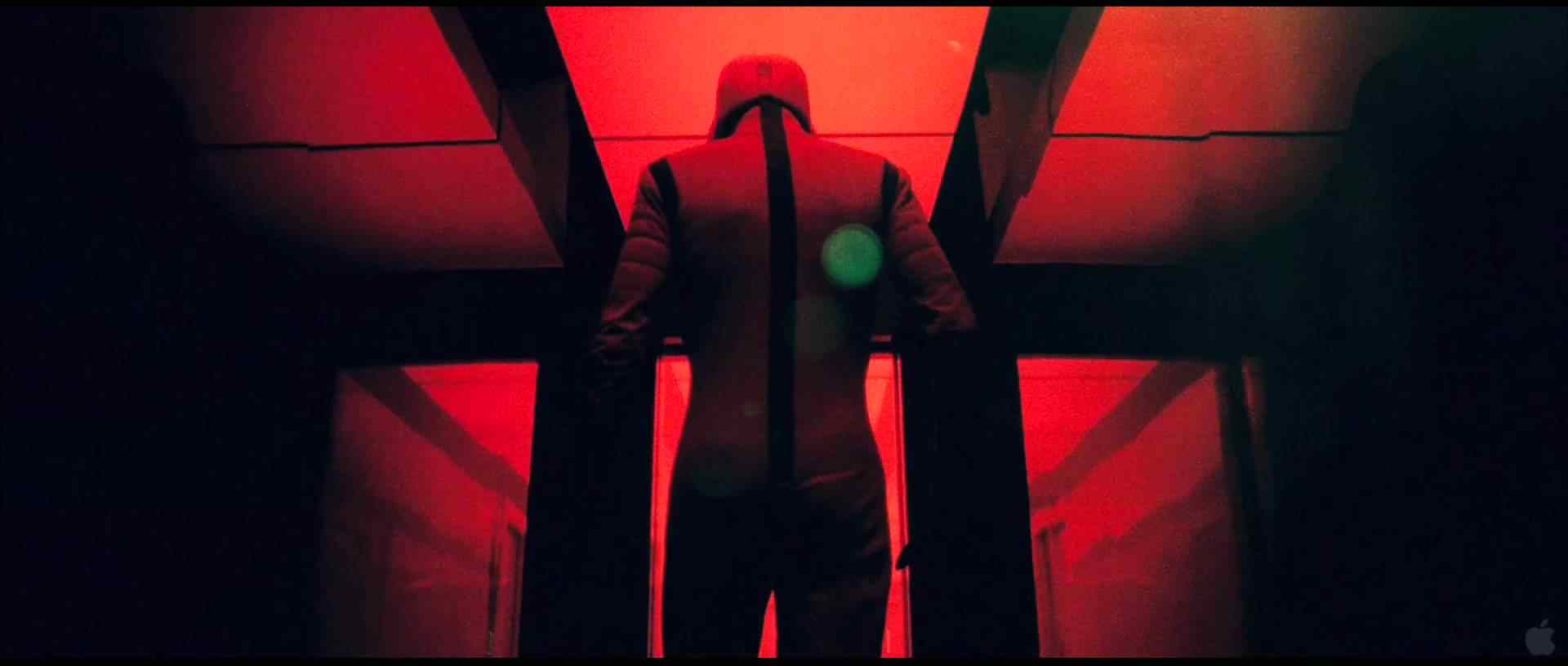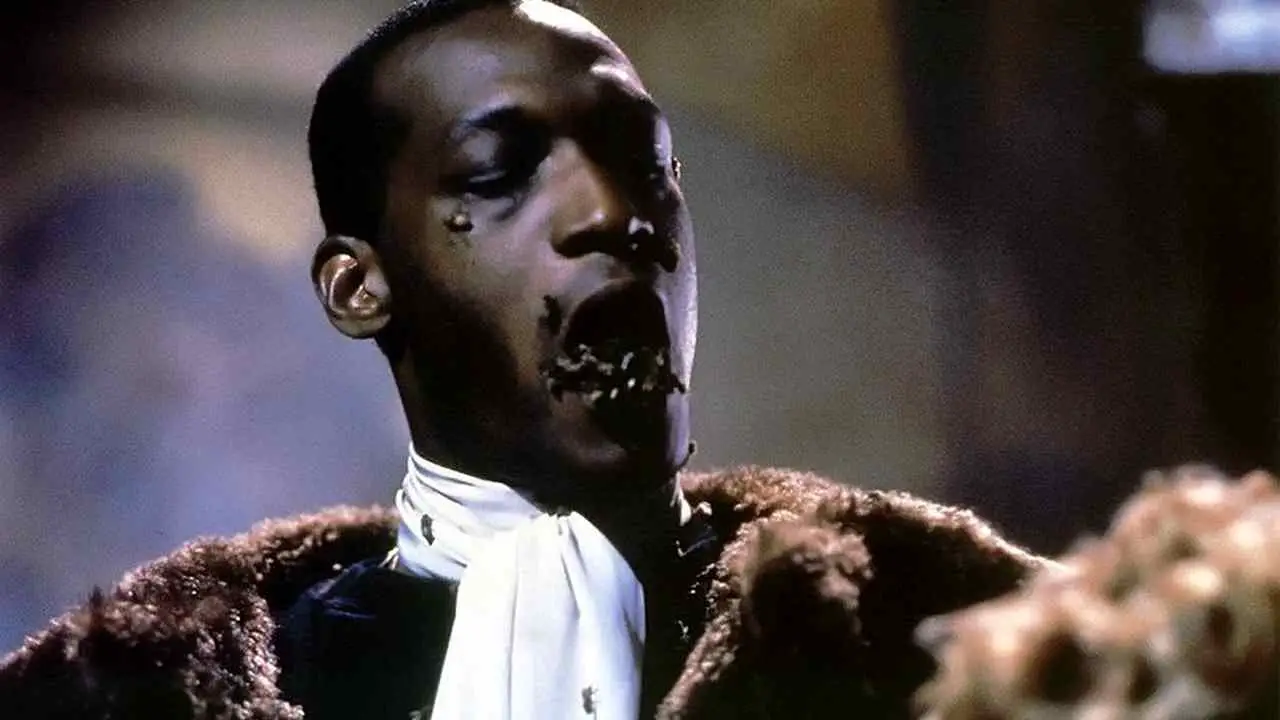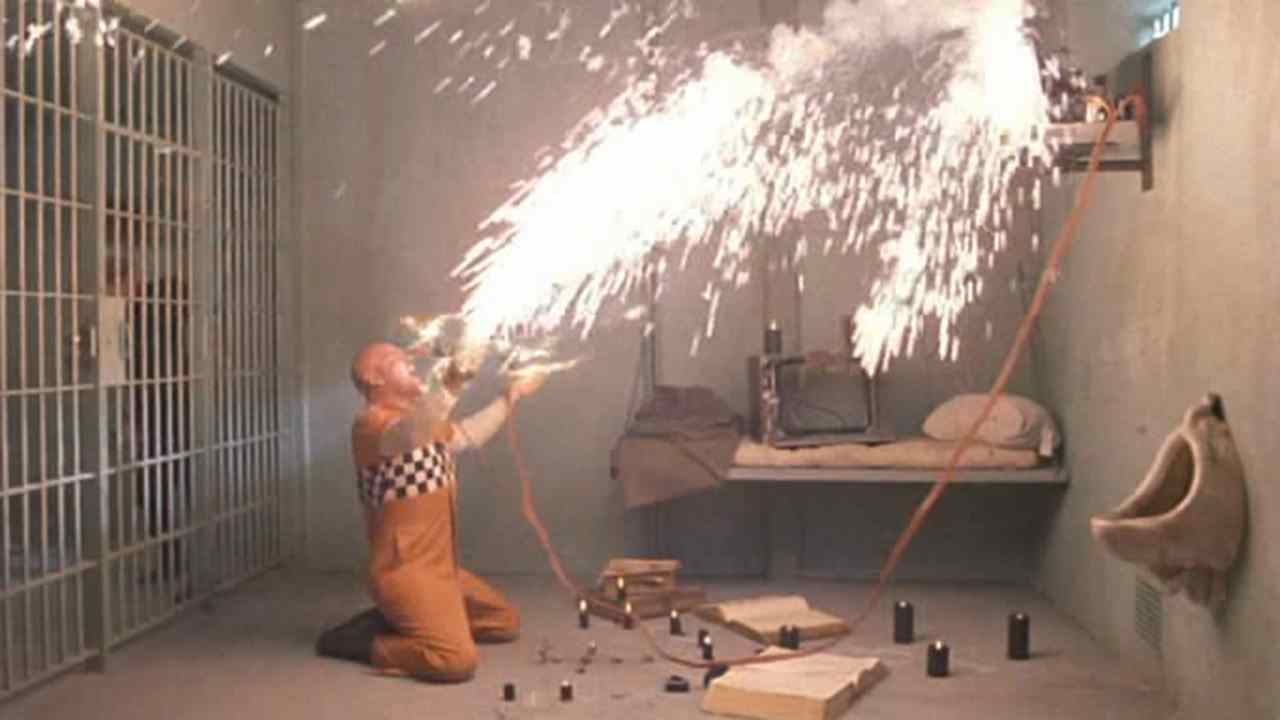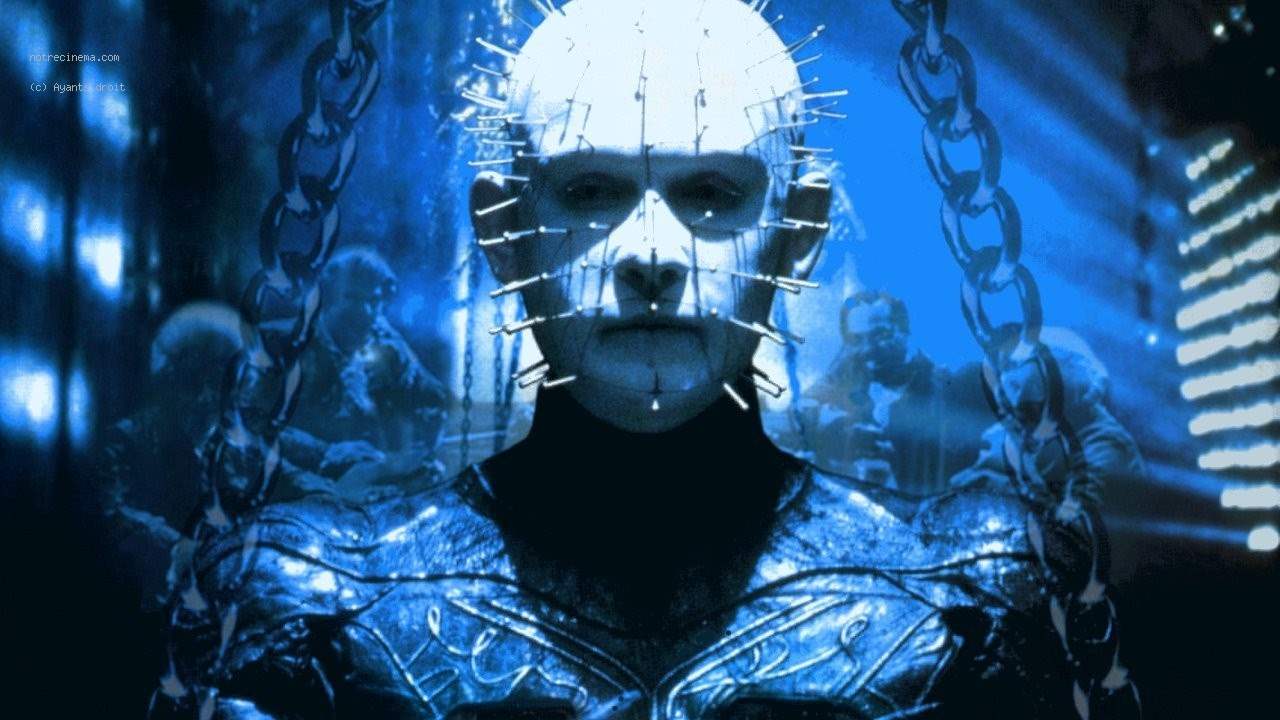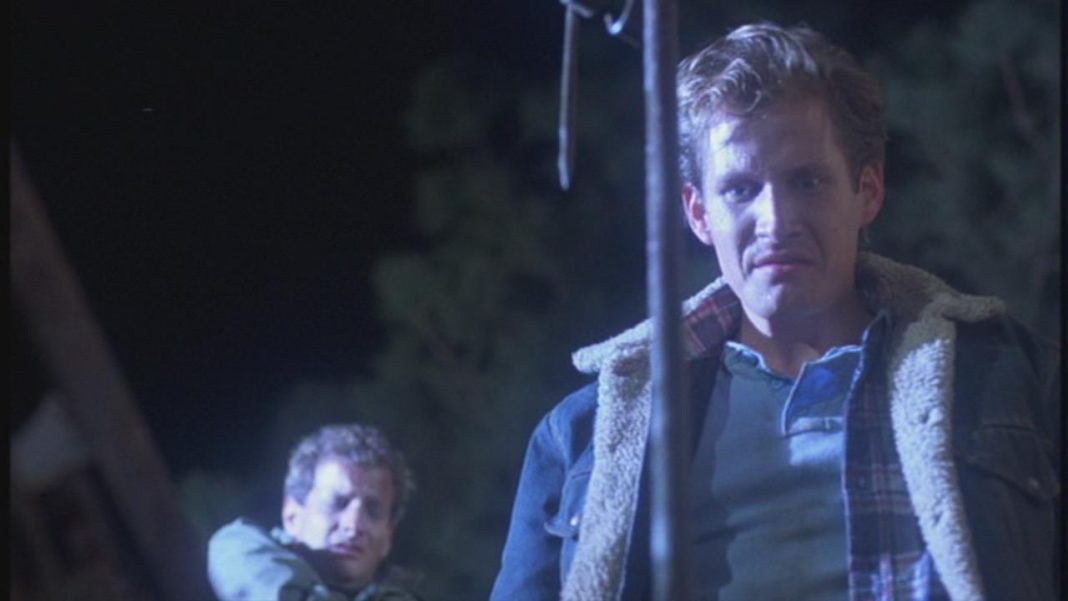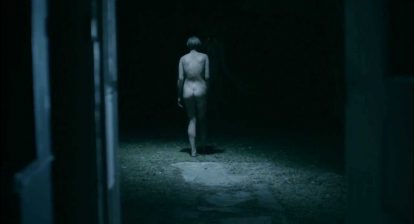Music is incredibly important to a horror film. It helps set up the scares, pace out the action and sets the mood of the piece overall. When horror is at its best, the images and soundtrack work in perfect harmony. There are some great features in the genre that don’t actually work without the music. Some of them are considered among the best horror films ever made, while others were lesser productions saved by music at the last minute. Whichever it may be, the score is the unsung hero of the horror movie. Here are five films whose soundtracks made the movie in unforgettable ways.
Beyond the Black Rainbow
Beyond the Black Rainbow, released in 2012, is so reliant on the score that it almost feels like a music video. Part of this is due to the non-linear, acid trip imagery. While the budget is small, the film is nonetheless a visual feast that harkens back to the work of Stanley Kubrick and of Dario Argento in his heyday. The music is a resonating synth that provides the feature with the appropriate 1980’s tone and atmosphere. Given the sparse dialogue, it’s really the score that drives the story more than anything else in this one.
As evidenced by the original short story from Clive Barker, Candyman works as a story. It’s layered, rich and powerful. The performances and direction are stunning. But the score by renowned composer Philip Glass takes it to another level. What was already a smart and elegant picture becomes one of the absolute best of its decade when matched with that music. The sweet, melodic score both perfectly matches and contradicts the characterization and violence portrayed on the screen. It is the kind of classical sound that has been a staple in Clive Barker adaptations from Hellraiser onward and was perhaps used most effectively here.
Wes Craven’s Shocker is a little clunky. Not that it’s a bad film in its own right, as it is surely entertaining and the story is there, but it’s not at the level of some of Craven’s earlier work. But when you add in the soundtrack, everything about Shocker becomes clear. This movie is a thrill ride, plain and simple. It’s a film we’re just supposed to go along and have fun watching. It doesn’t work nearly as well without the heavy metal soundtrack. Featuring Alice Cooper, Megadeath, Iggy Pop, Dangerous Toys and more it sets the perfect tone for one of Craven’s cheesiest, yet one of his darkest features.
Dario Argento played the soundtrack to Suspiria on the set to keep the cast unnerved. And it worked, the actors look constantly uneasy, always afraid. That’s the power of Goblin’s score, which is sweet and haunting at the same time. It builds and builds as it goes, with raspy whispers and pounding drums that easily make it one of the scariest soundtracks ever. It feels like a fairy tale and a death march all at once. The cinematography, gorgeous use of color and drawn-out, elaborate death scenes in Suspiria may also be crucial, but it is the soundtrack that ties the entire thing together.

Halloween
It should be obvious. It’s the horror soundtrack. It’s the one that everybody remembers. You’re probably hearing this theme running through your head right now. That’s the true power of John Carpenter’s simple yet astonishingly effective music for Halloween. With a silent, sinister villain, the music balances the action perfectly. In some ways, Michael Myers speaks through the score. The two are totally inseparable. The soundtrack follows him, always announcing his presence and reminding the audience not to feel safe. The theme is so iconic that hearing only a few bars will make you think of Autumn, of kids trick or treating on empty streets and a dark shape in a white mask watching it all from the shadows.

